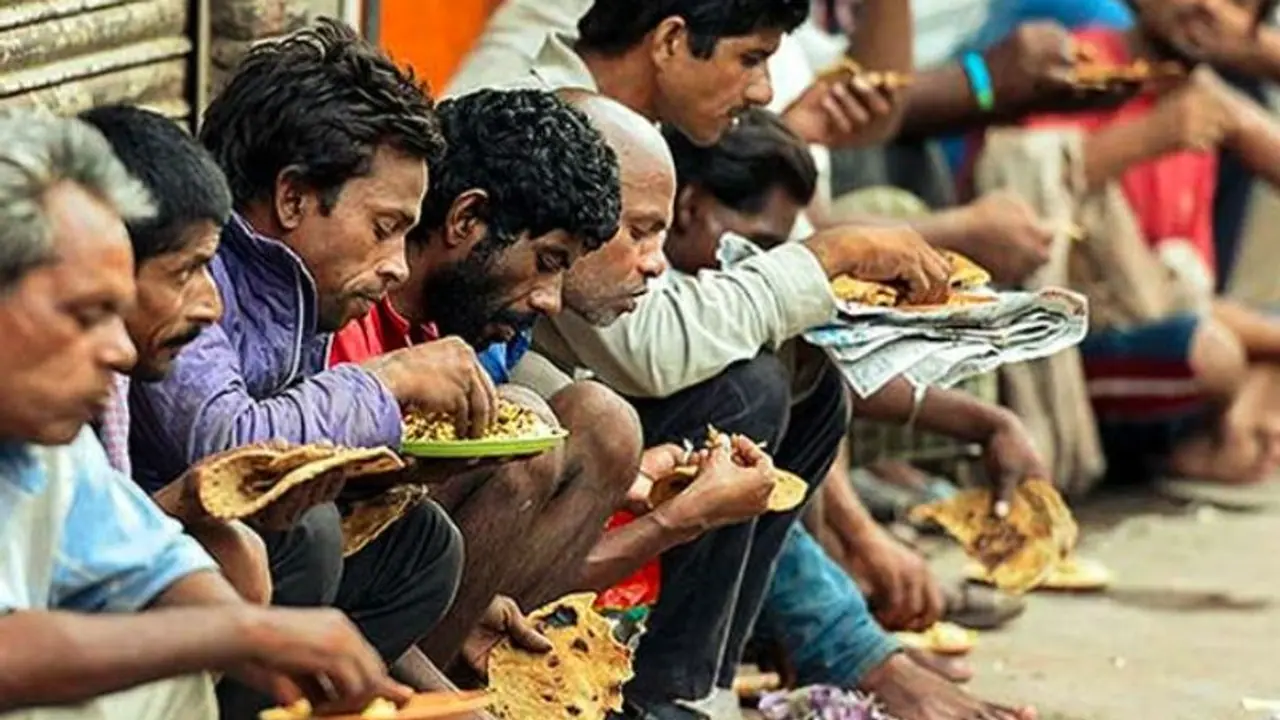The percentage of India's population living in extreme poverty dropped sharply from 16.2% in 2011-12 to just 2.3% in 2022-23, showcasing the country's progress in raising living standards and boosting incomes.
India has achieved a major milestone in its fight against poverty, with nearly 170 million people moving above the poverty line between 2011-12 and 2022-23, according to a new World Bank report. The study, based on consumption expenditure data, highlights a dramatic fall in extreme poverty, defined as living on less than $2.15 per day.

The percentage of India's population living in extreme poverty dropped sharply from 16.2% in 2011-12 to just 2.3% in 2022-23, showcasing the country's progress in raising living standards and boosting incomes.
Finance Minister Nirmala Sitharaman welcomed the findings, noting on social media that job creation has not only matched but outpaced the growth in the working-age population. The report also pointed out that poverty reduction was more pronounced in rural areas compared to urban centers. In rural India, the extreme poverty rate fell from 18.4% to 2.8%, while urban areas witnessed a decline from 10.7% to 1.1% during the same period.
The World Bank's "Poverty and Equity Brief" noted that five states—Uttar Pradesh, Maharashtra, Bihar, West Bengal, and Madhya Pradesh—were home to 65% of India's poorest citizens in 2011-12. Impressively, these states contributed to two-thirds of the total poverty reduction recorded by 2022-23. They now account for 54% of those remaining in extreme poverty.
The study draws on data from both the 2011-12 Consumption Expenditure Survey and the newly released 2022-23 Household Consumption Expenditure Survey. While the newer survey incorporated methodological improvements—such as better questionnaires and refined sampling techniques—the World Bank cautioned that these changes make strict comparisons over time more complex. It also warned of a possible underestimation of consumption inequality.
According to the World Bank, India's Gini Index, which measures inequality based on consumption, declined from 28.8 to 25.5 between 2011-12 and 2022-23, suggesting a narrowing gap between the rich and the poor. However, this observation contrasts with data from the World Inequality Database, which shows that income inequality has risen. The income-based Gini Index reportedly jumped to 62 in 2023 from 52 in 2004, with the top 10% earning 13 times more than the bottom 10%.
On a positive note, employment data shows steady improvement since 2021-22. The workforce has not only expanded but has also become more diverse.


